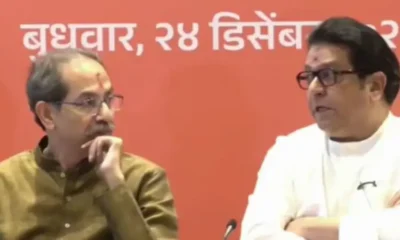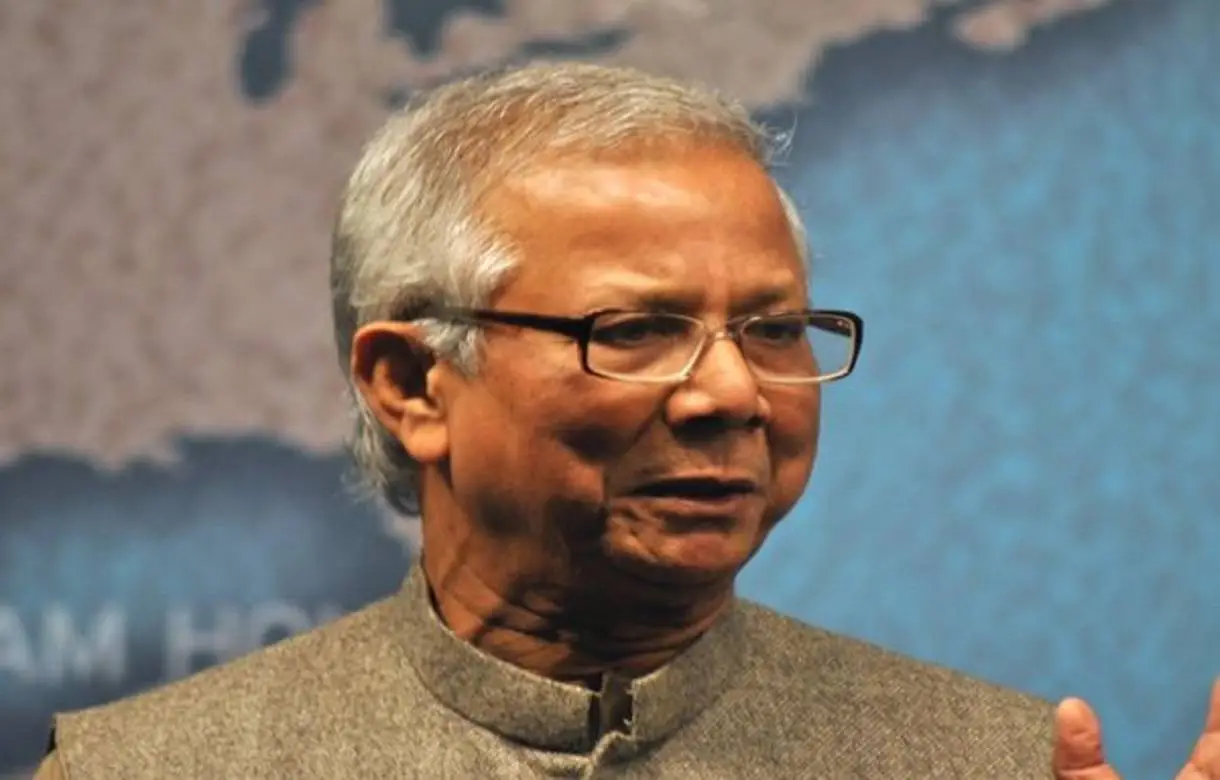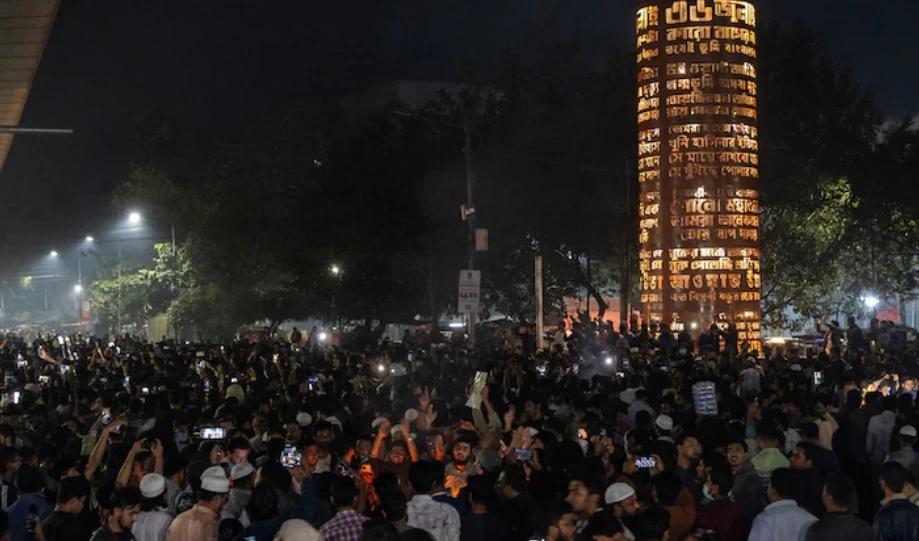India has agreed to allow Pakistan to inspect the projects in the Jhelum basin, including Kishanganga hydroelectric project, in the near future and Islamabad will allow New Delhi to carry out inspection of the Kotri barrage over the Indus, reports Dawn on Tuesday.
The leading Pakistani daily referred to the minutes of the 115th meeting of the Permanent Indus Commission held between the two countries from Aug 29 to 30 in Lahore.
The minutes of the meeting accessed by Dawn says, “Pakistan also urged India to arrange for the Special Tour of Inspection of the projects in Jhelum basin including Kishanganga HEP which is pending since 2014, on which ICIW (India’s Commissioner for Indus Waters) gave his assurance to arrange the same promptly.”
Earlier on Sunday, Shamil Ahmad Khwaja, Pakistan’s Water Resource Secretary reportedly said, “The major breakthrough of the two-day talks held in Lahore is that India has agreed to get the projects’ sites visited by our experts. Therefore, our team comprising experts will visit the sites in India by the end of next month.”
Read More: India, Pakistan enter in controversy over Lahore meet outcome
The minutes the meeting also revealed that the authorities of the two countries were unanimous about strengthening the role of the Permanent Indus Commission. Islamabad also highlighted the need and asked New Delhi to share the information about potential projects at the planning stage for examination, it said.

The document said, “In this way any objections (if raised by Pakistan) can be addressed in the design at the early stage of planning instead of debating with India at belated stage when practically incorporating the requisite changes becomes a challenge.”
Both sides have also agreed to exchange the detailed basis of adopting various design parameters for both 48MW Lower Kalnai and 1000MW Pakal Dul HEPs at the Chenab River.
Read More: India, Pakistan to discuss water dispute in Lahore
“During the meeting both the sides agreed to conduct the General Tours of Inspection which could not be conducted since 2014. In this regard first PCIW (Pakistani Commissioner for Indus Waters) will visit the Chenab basin in the last week of September 2018 followed by the tour of ICIW to the Kotri barrage in the Lower Indus, according to Article VIII (4) (c),” the document revealed.
The two countries also agreed to arrange the next meeting of the commission soon after the tour of inspection on both sides to discuss and endeavour to address Pakistan’s objections on Lower Kalnai and Pakal Dul.
Ministry of External Affairs issued a statement in New Delhi on Friday saying, “Both the countries agreed to undertake the Treaty mandated tours of both the Indus Commissioners in Indus basin on both sides. Deliberations were also held on further strengthening the role of the Permanent Indus Commission for matters under the Treaty.”
Read More: India wins Kishangana battle against Pakistan at International Court
A senior Pakistani official told Dawn on Monday, “Since the talks between the two countries have been restored, Pakistani team may inspect the Kishanganga project on the eve of the next meeting of the permanent commission for the Indus waters in India or before this.”

Responding to a question, the official said that India had no objection on the Kotri barrage in the lower Indus. “Their (Indian experts) visit to Pakistan will be after ending our experts’ inspection of the Lower Kalnai and Pakal Dul projects scheduled by end of this month,” the official said.
“The Indian experts’ visit / inspection of the Kotri barrage is sort of routine one, as they have no objection or concerns in this regard. It is a part of the compilation and exchange of the data by the two countries related to rivers’ flow, water storage, releases, etc,” he added.
Read more: World Bank fails to reach agreement with Pakistan on Indus Waters dispute
In March this year, the officials of the two countries met in New Delhi when both the sides shared details of the water flow and the quantum of water being used under the 1960 Indus Waters Treaty.
In May, India could not reach an agreement with Pakistan to address its concerns regarding the Indus Waters Treaty with India after two-days of talks in Washington which were held days after India inaugurated the Kishanganga hydroelectric project in Jammu and Kashmir.
The 1960 treaty recognizes the World Bank as an arbitrator in water disputes between the two countries as it played a key role in concluding this agreement. It allows India to have control over the water flowing into three eastern rivers- Beas, Ravi and Sutlej, also permitting India to use the water of western rivers-Chenab, Jhelum and Indus. However, it does not allow India to divert the flow of the water.
Read More: Pakistan reaches to World Bank against India on Kishanganga dam
India considers this as a permission to build “run-of-the-river” hydel projects that neither change the course of the river nor deplete the water level downstream.
According to Wikipedia, the Kishanganga Hydroelectric Plant is part of a run-of- the-river hydroelectric scheme that is designed to divert water from the Kishanganga River to a power plant in the Jhelum river basin. It is located 5-km north of Bandipore in Jammu and Kashmir.
The construction of the dam was temporarily halted by International Court of Arbitration (ICA) in October 2011 due to Pakistan’s protest of its effect on the flow of the Kishanganga River, which is known as Neelam River in Pakistan.
Read More: Dawn: Pakistan lost diplomatic battle on Kishanganga dam
However, in February 2013, the ICA ruled that India could divert all the water leaving a minimum amount to the downstream of the dam for the purpose of environmental flows.
First unit of 110 MW capacity was tested in March this year, while all three units of equal capacity were commissioned and synchronized with the electricity grid by 30 March. Prime Minister Narendra Modi inaugurated the project in May this year.
Read More: Pakistan asks World Bank to vouch India abiding IWT


 India News9 hours ago
India News9 hours ago
 Latest world news9 hours ago
Latest world news9 hours ago
 India News9 hours ago
India News9 hours ago
 India News4 hours ago
India News4 hours ago
 India News5 hours ago
India News5 hours ago
 India News2 hours ago
India News2 hours ago















